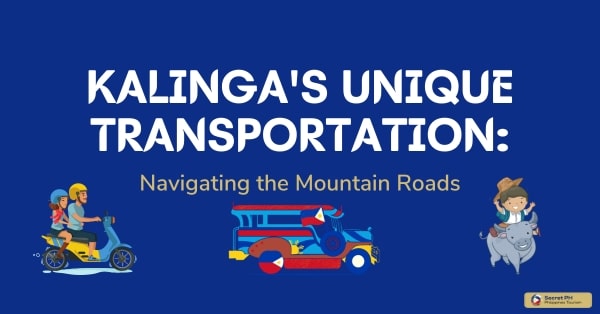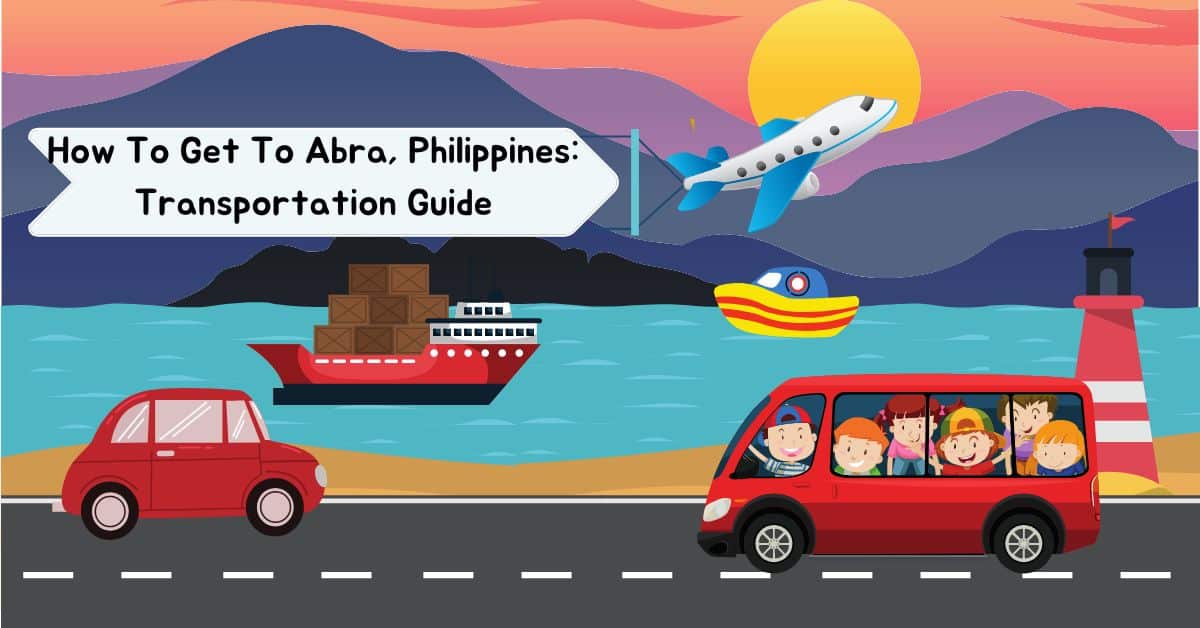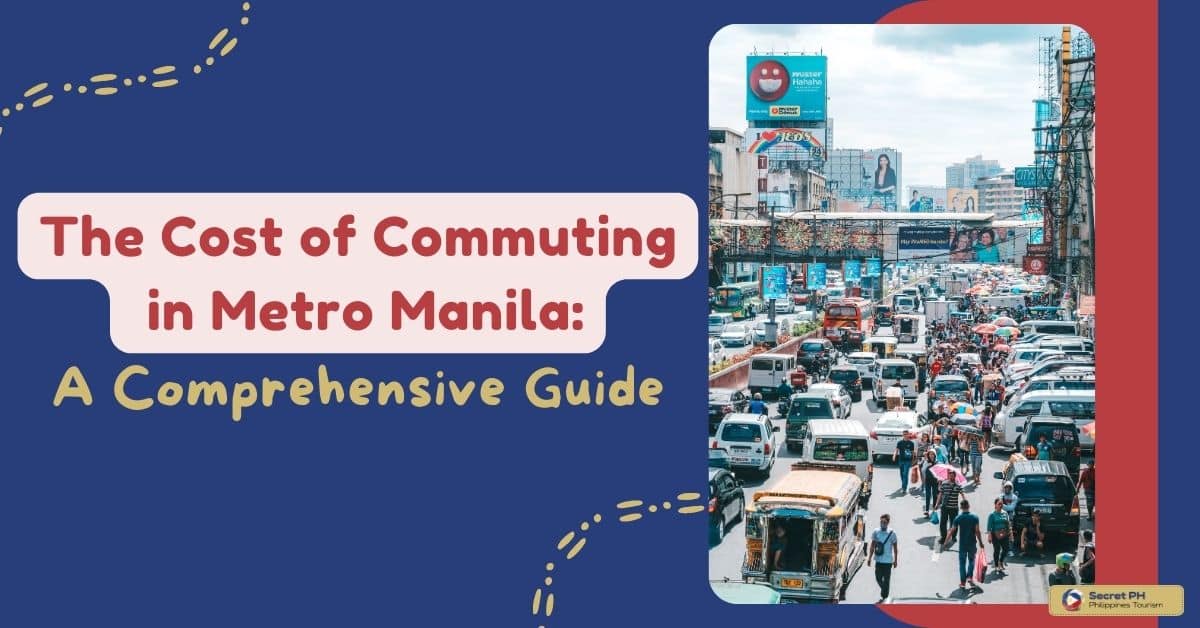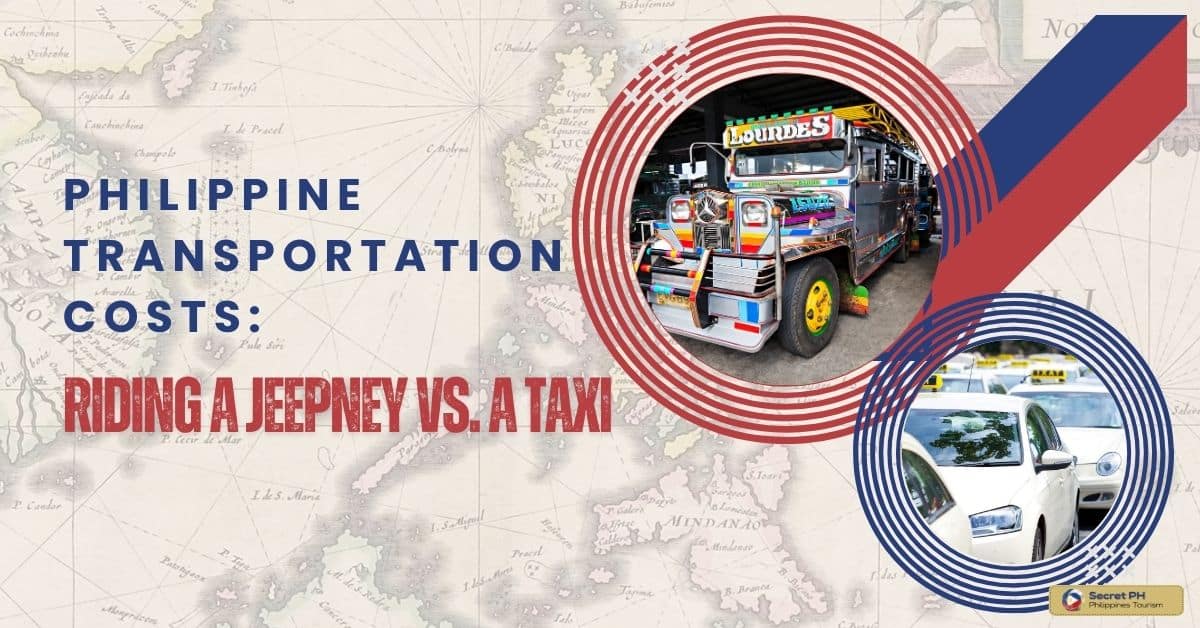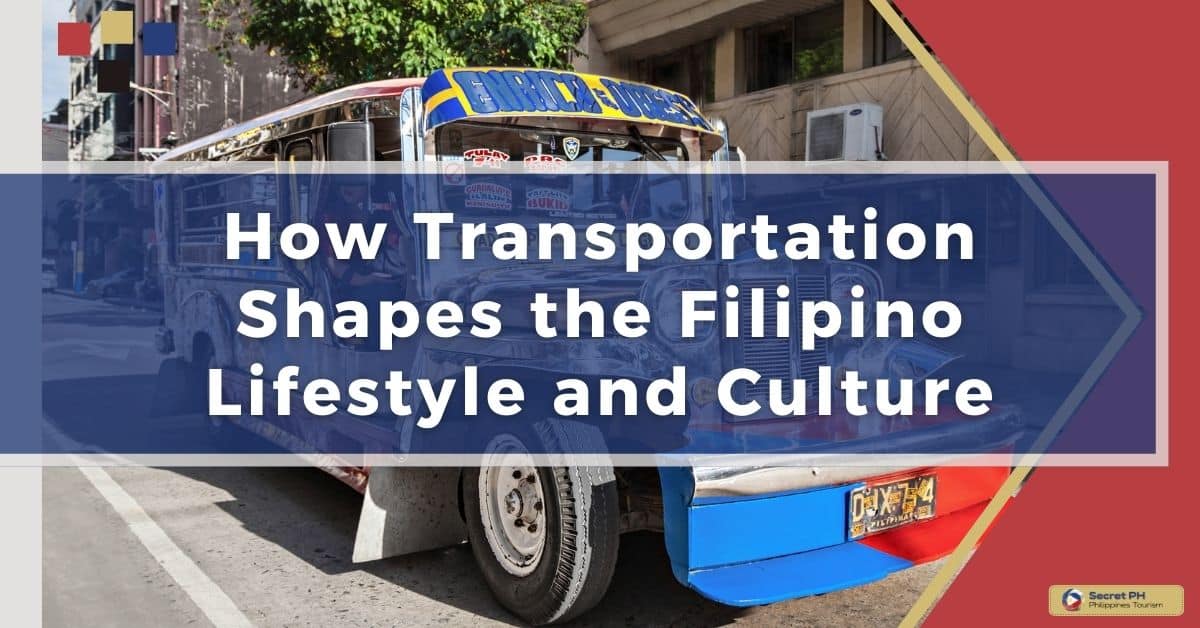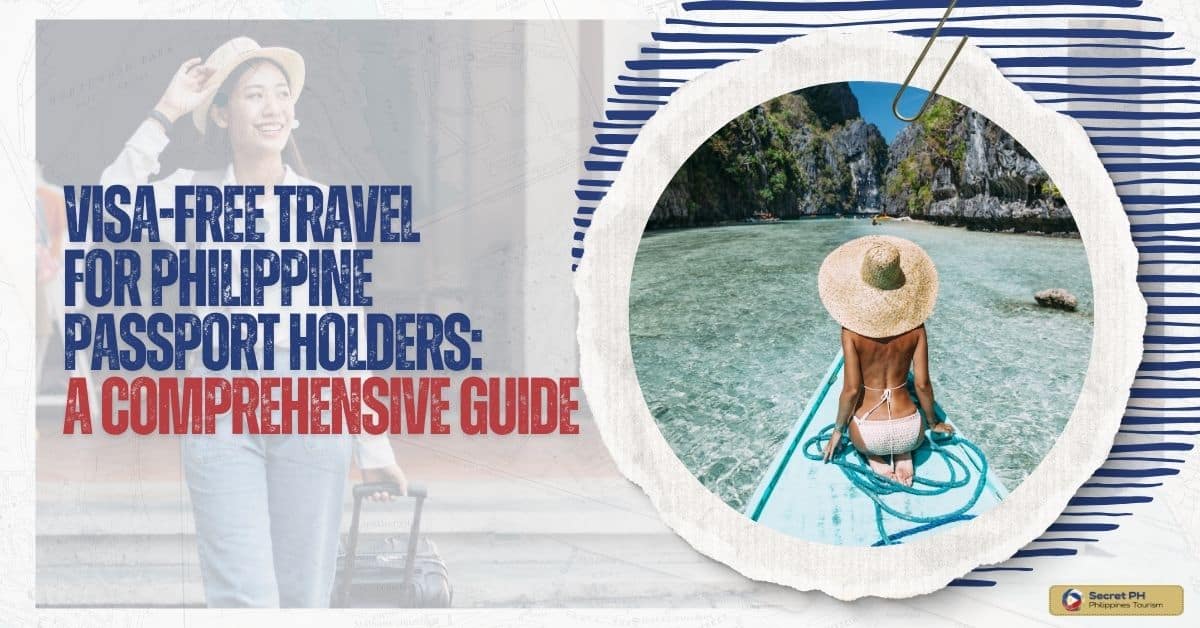10 Tips for Renting a Car in the Philippines: 1) Compare rates, 2) Check insurance coverage, 3) Inspect car, 4) Negotiate with owner, 5) Know traffic rules, 6) Check fuel policy, 7) Rent from reputable company, 8) Watch for hidden costs, 9) Have necessary documents, 10) Sign rental agreement for protection.
This blog post will discuss 10 tips for successfully renting a car in the Philippines. From finding out early about rental requirements to understanding how to secure the best deal on rental insurance, this guide serves as your ultimate resource for renting a car in the Philippines.

Importance of Renting a Car in the Philippines
Renting a car in the Philippines is an incredibly useful option for those who wish to use their own vehicle for travel on the islands. Not only does renting a car provide a convenient and safe means of transportation, it can also be much more economical compared to traveling by plane or train.
With the freedom to drive around the islands at will, visitors are able to explore off-the-beaten-track destinations that they would not normally be able to visit if they had relied solely on public transport. Car rentals usually come with added benefits such as GPS navigation systems, international driver’s licenses, powerful air conditioning systems and even additional drivers upon request.

Research car rental companies and rates
Renting a car can be one of the more affordable ways to travel and explore a new place. With so many car rental companies out there, it can be daunting to compare prices and decide which provider is best for you. Researching car rental rates ahead of time is key to ensure you get the best bang for your buck.
Comparison of rates offered by different car rental companies
Researching car rental companies and their rates can be a bit daunting. Different companies offer different rates, so it’s important to compare the cost-efficiency of one company against another. Some brands may offer higher deposits yet lower daily fees, while others may charge more money per day but require no deposit.
Knowing which company offers the best deal based on your individual needs and budget is key for getting the most out of your rental experience. When researching car rental companies and their rates, ensure that you are reading reviews, looking at prices from multiple sources, and considering special offers to get the best price available.

Consideration of additional fees such as insurance, taxes, and fuel charges
Doing research on car rental companies is essential to getting the best deal. Consider additional fees such as insurance, taxes, and fuel charges that may increase the initially advertised rate. It is always worthwhile to take some time to shop around for better prices, compare customer ratings and reviews, and determine the specific policies of each company.
Make sure to consider factors such as price, auto selection, customer experience, convenience of pickup and return locations in your comparison process. All this will make sure you get a great deal when renting a car!

Choose the right car
Whether travelling for pleasure or business, it can be tricky to choose the right car in the Philippines. Doing so can depend both on individual requirements and budget, as there is a diverse range of cars on offer. The ideal vehicle will provide the desired safety and capability on the road while also being affordable and reliable.
There are many choices available including various price ranges, sizes and shapes to suit different needs. By making an informed decision, travelling around the Philippines with the right car can help boost convenience by allowing greater control of one’s movement and schedule.
Evaluation of the type of car suitable for your travel needs
When travelling in the Philippines, it is important to choose a car that meets your travel needs. Evaluation of quality, safety, cost and purpose should all be considered before making a decision. Smaller cars are ideal if you plan on driving around cities with congested roads while more powerful engines may be considered for mountainous terrain.
Depending on the length of the trip, fuel consumption can also play an important role in deciding which car is right for you. Additional factors such as luggage space, comfort, and availability should also be considered when selecting the right car for travelling in the Philippines.

Comparison of the features and cost of different car models
When planning a trip to the Philippines, it’s crucial to choose the right car for your specific journey. You should consider aspects such as budget, size of the vehicle, comfort, fuel economy and safety features.
Comparison of different car models can help you find a balance between cost and features so that you can make an informed decision. Keep in mind that certain destinations may call for different features, such as greater durability or higher ground clearance if intending to travel off-road.

Get familiar with the driving rules and regulations
Learning and adhering to the driving rules and regulations of your region is important in order to keep yourself and others safe. Having a thorough understanding of the laws will also ensure that you do not incur potential fines or other penalties for driving offenses.
Taking the time to familiarize yourself with local and state-level laws specific to driver safety, vehicle operation, insurance requirements, road signage, rights of way, and other topics is essential before getting behind the wheel.
Overview of the driving rules and regulations in the Philippines
Obtaining a driving license in the Philippines involves being aware of the many rules and regulations set by governing authorities. Driving can be dangerous and it is imperative to study and become familiar with the necessary safety regulations.
A comprehensive overview of all Philippine driving rules and regulations should be done prior to obtaining a license, so drivers know how to safely operate a vehicle. Drivers should also brush up on their knowledge regularly as new traffic laws could potentially take effect at any time. Familiarizing yourself with these vital rules will ensure that you drive responsibly and keep those on the road safe.

Importance of following traffic rules to avoid penalties and fines
Following driving rules and regulations is an essential part of being on the road. Not only will they help ensure safety, but they also help avoid penalties and fines. It is important to get familiar with the different laws that are in place in the country, state, or city you plan on driving in order to not only be a responsible driver, but also receive the privileges of legally being able to drive without any consequences.

Prepare for driving in different terrains
Driving in terrains different from your usual environment can be a nerve-wracking experience. Whether you’re driving up winding mountain roads or navigating through sandy deserts, it’s important to prepare for the journey ahead.
Mindful preparation can help ensure successful and safe arrivals at your destination regardless of terrain. Taking the proper precautions beforehand such as checking your vehicle for any necessary maintenance and familiarizing yourself with the route will help make sure that you are fully prepared to face any unexpected obstacles along the way.
Awareness of the road conditions in different regions of the Philippines
Awareness of the road conditions in different regions of the Philippines is key to being a successful and safe driver. Different terrain requires different levels of preparation, whether it be city driving, backcountry roads, or mountainous terrain.
For example, city driving requires having an awareness of pedestrians, congested traffic flow, and intersection signals; whereas backcountry roads may require extra caution to watch out for uneven pavement, winding turns and wildlife which can pose added risks.

Preparation for driving in mountainous, coastal, or rural areas
Preparation is key when it comes to driving in different terrains. Whether you’re maneuvering through mountainous roads, coastline paths, or rural areas where you can be miles away from civilization, these terrains require careful consideration of your car, its abilities and your skills as a driver.
Make sure to check the condition of your vehicle, take into account obstacles like wildlife and know the conditions of the roads prior to setting out. With adequate preparation and knowledge on how to handle each terrain type safely, you can enjoy driving in any environment with confidence.

Check for car insurance coverage
Checking the car insurance coverage of a vehicle is an important step to ensure your safety during driving. It is necessary to periodically review the policy and make sure that it meets your needs and any changes that are applicable to you.
Checking for a comprehensive car insurance coverage will ultimately give you peace of mind when out on the road, as it might help reduce any potential risk or financial costs that an accident might entail. Doing your due diligence in reviewing current insurace policies, especially when getting behind the wheel, can go a long way to making sure you keep up with the latest regulations.
Understanding the importance of car insurance in the Philippines
Understanding the importance of car insurance in the Philippines is crucial. Whether it be for liability protection, financial responsibility when driving, or peace of mind in case of an accident, having car insurance coverage is a must.
Understanding your particular coverage and how much to invest can provide you with the best value for your investment. Checking for car insurance coverage is simple and easily accessible through services across the web.

Comparison of the coverage offered by different insurance companies
Shopping for the best car insurance coverage can be a cumbersome task, but is well worth the effort. Comparing the coverage offered by different companies is essential – you may find that one company offers significantly more coverage than another, at an identical rate of premiums!
Don’t just take the word of your current insurance provider – do some research and ask around for potential options. Before taking up any plan, make sure you have checked carefully to understand what’s included in your policy.

Pack necessary driving accessories
When renting a car in the Philippines, there are certain driving accessories you should be sure to pack for your trip. These items are vital to ensuring a smooth and safe journey, no matter the distance, and can make renting a car much more enjoyable. It’s important to research which items necessary for driving and bring those that fit your needs best.
This can include anything from spare parts to additional tools and first aid kits which can all be invaluable if an emergency occurs while travelling. No matter what vehicle you’ll rent in the Philippines, it’s best to come prepared with necessary driving accessories you may need along the way.
List of important driving accessories such as maps, navigation systems, and emergency supplies
Driving accessories are essential tools that provide drivers with the necessary information, safety, and comfort while driving. The following is a list of important driving accessories:
- Maps: Physical or digital maps are essential for planning trips and navigating unfamiliar areas.
- Navigation systems: GPS navigation systems provide real-time directions and traffic updates, making it easier to get from one place to another.
- Emergency supplies: A well-stocked emergency kit can include items such as a first-aid kit, a flashlight, a tire jack, and a jump starter.
- Dash cameras: Dash cameras provide a visual record of accidents or incidents that occur on the road.
- Portable phone chargers: Keeping your phone charged is important for navigation, communication, and in case of emergency.
- Safety equipment: Seat belts, airbags, and child safety seats can protect drivers and passengers in the event of an accident.
- Cleaning supplies: Keeping the inside and outside of your car clean is important for both comfort and safety.
- Car covers: Car covers protect your vehicle from the elements and keep it in good condition.
- Tire gauge and air compressor: Maintaining proper tire pressure is important for fuel efficiency and vehicle safety.
- Reflective warning triangles: Reflective warning triangles can be placed behind your vehicle to warn other drivers if you are pulled over or broken down.
Importance of packing these accessories for a safe and comfortable journey
Traveling is exciting and renting a car in the Philippines can make the experience even more special by allowing you to explore and discover new places at your own pace. However, it’s important to plan adequately and pack all the necessary accessories for a safe and comfortable journey.
Some of the most important items to bring along include an emergency first aid kit, spare parts like tire tools and a flashlight, essentials such as water, basic snacks and sunscreen, as well as any specific items you may need during your trip. Having these with you can ultimately ensure that any unexpected problems are resolved quickly and that your journey remains hassle-free.

Plan your route
Planning your route before renting a car in the Philippines is an essential step to make sure you get where you need to go without stress. Even if you don’t plan to take long road trips, it’s key to formulate the details – and knowing that the country has more than 7,000 islands makes it doubly important.
Consider traffic patterns, required permits, condition of roads and any potential detours. Familiarizing yourself with local customs and laws can ensure a smoother renting experience overall.
Research of the best driving routes to your destination
Researching and planning your route prior to departure is vital for a successful road trip. Research can include the best routes, taking into account the amount of traffic, distance, attractions and weather conditions.
Researching will also allow you to bookmark necessary stops along the way, such as gas stations and rest stops. Research may reveal additional points of interest or scenic routes worth exploring near your destination or on your journey there.

Awareness of the possible road closures, traffic, and road conditions
Planning a route is an important step for any journey, no matter the destination. Awareness of possible road closures, traffic, and road conditions can help to ensure that your journey is a safe and successful one.
Before embarking on a trip, be sure to familiarize yourself with the terrain and consider possible detours in case an unexpected obstacle arises. With careful planning of your route before leaving on your journey, you can have peace of mind knowing that you can safely reach your destination in the expected timeframe.

Fuel up your car before setting off
Fueling up the car before setting off on a road trip is an essential step that shouldn’t be overlooked. Not only will this help you to complete your journey, but it will also save you time and money should the need arise for a pitstop. Ensuring the car is filled with gas also reduces the risk of being stranded in an unfamiliar area.
It’s also a prime opportunity to check fluids, such as coolant and oil, to ensure that everything is running smoothly before you embark on your journey. Taking a few moments out at the start of your trip to fuel and check your car can save a lot of hassle, stress and money further down the line.
Understanding the availability of fuel stations in different regions of the Philippines
Understanding the availability of fuel stations in different regions of the Philippines is an important part of planning a road trip or journey. It’s important to make sure that your car has enough fuel before setting off, as refueling facilities may not be located within easy access on the route either due to distance or terrain.

Importance of fueling up the car before setting off to avoid running out of fuel
Before setting off, it is of utmost importance to make sure your car has enough fuel. Running out of fuel not only puts you in an inconvenient scenario but can potentially be hazardous, as it might leave you stranded in the middle of nowhere at any time. By keeping sufficient fuel level in your vehicle, you can avoid these troublesome situations.

Be prepared for emergencies
Renting a car in the Philippines can be a convenient way to get around and explore, but it is also important to be prepared for emergencies. Before taking off on any journey, make sure that you have taken all the necessary steps to stay safe in the event of an emergency.
Start by packing an emergency kit with items like a flashlight, phone charger, water bottle, and any other essential items that may come in handy if needed. If a breakdown or accident occurs at night, check your car insurance to ensure you are covered so that you don’t have to worry about expensive repairs.
List of emergency items to pack such as a first-aid kit and spare tire
Having an emergency kit in your vehicle is important in case of unexpected situations while on the road. The following is a list of emergency items to pack:
- First-aid kit: A first-aid kit should include essentials such as bandages, gauze, antiseptic wipes, pain relievers, and any personal medications.
- Spare tire: A spare tire is essential in case of a flat tire and should be in good condition and properly inflated.
- Jack and lug wrench: A jack and lug wrench are necessary tools for changing a tire.
- Jumper cables: Jumper cables can be used to jump-start a dead battery.
- Flashlight: A flashlight can be used for illumination during nighttime breakdowns or to signal for help.
- Reflective warning triangle: A reflective warning triangle can be placed behind your vehicle to warn other drivers if you are pulled over or broken down.
- Multitool: A multitool can be useful for a variety of tasks, such as tightening screws or cutting through debris.
- Duct tape: Duct tape can be used for temporary fixes, such as patching a small hole in a tire.
- Portable phone charger: Keeping your phone charged is important for communication and navigation, especially in an emergency.
- Blanket: A blanket can provide warmth and comfort if you are stranded in your vehicle.
Return the car on time and in good condition
Renting a car in the Philippines can provide you with great convenience and value, but it is important to remember to return the car on time and in good condition. Refuel the vehicle and make sure all additional equipment is returned with it as well. List any visible damages incurred while renting that were not previously documented before returning.
Importance of returning the car on time to avoid late fees
It is of the utmost importance to return your rental car on time and in good condition. Late returns mean extra charges, and if the conditions of the car are not met, additional fees may also be assessed. Taking a few extra minutes to inspect the car before renting it can help make sure its initial state is noted correctly and help avoid any disputes regarding its condition upon return.

In Conclusion
Renting a car in the Philippines can be a great way to explore the islands and take advantage of everything the country has to offer. Keeping these 10 tips in mind, anyone interested in renting should have a successful and stress-free experience.
From finding the right rental agency and being aware of paperwork needed ahead of time, to understanding local traffic laws and necessary insurance coverage, there are safeguards one needs to keep in mind when exploring the most beautiful country on Earth by car.

